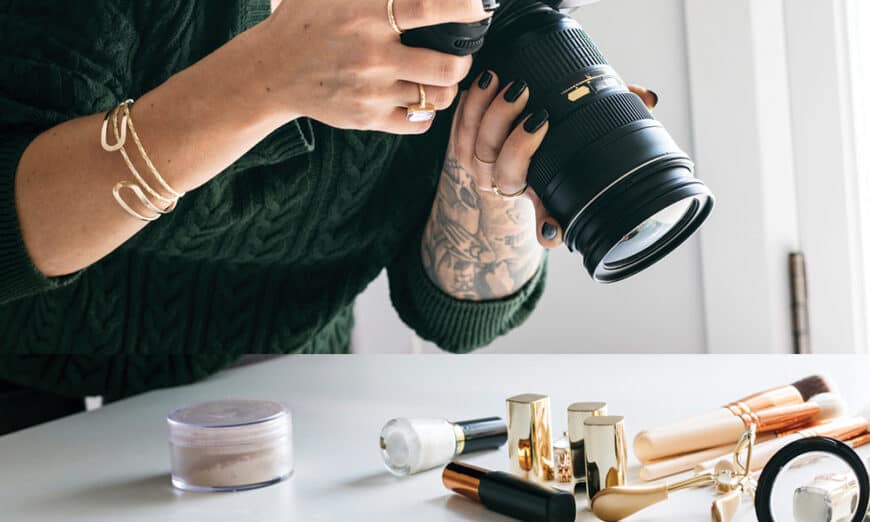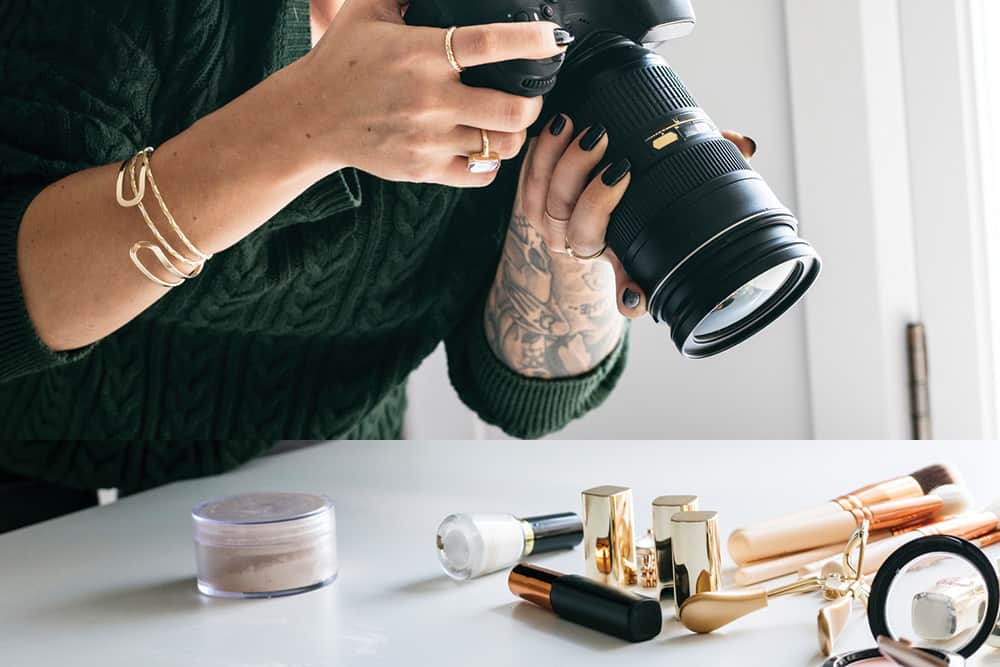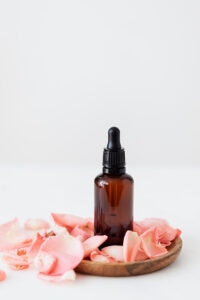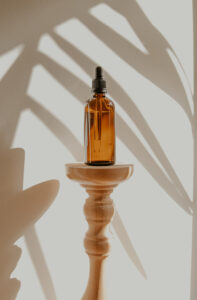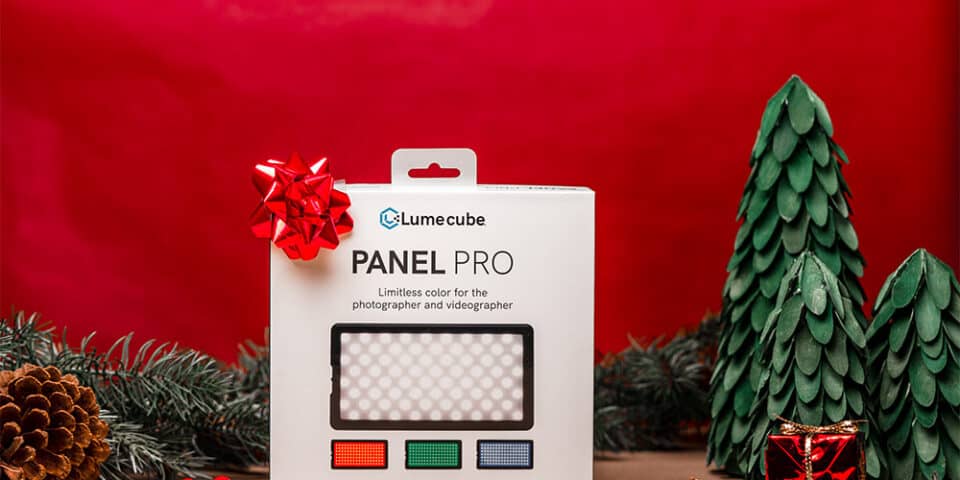Since the lockdown began over a year ago, we’ve all had to make changes to our work and everyday life. As we know, small businesses have been hit hardest by the pandemic, and working from home has presented a unique set of challenges. Product photography is one of them.
While shifting to an online market, it has also become increasingly more important to have quality photographs that better represent your brand and the products you offer. If this sounds like something you have experienced in the past year and a half, then you’re in the right place.
With non-essential businesses closed during lockdowns, renting photography studio spaces, gaining access to special lighting and camera equipment, or accessing an endless supply of props for your photos has posed some challenges. However, you’d be surprised by how little you need to create some outstanding photos in almost any room of your home.
Here are some tips and gear suggestions to help you create beautiful product photography for your business, while in the safety of your home.
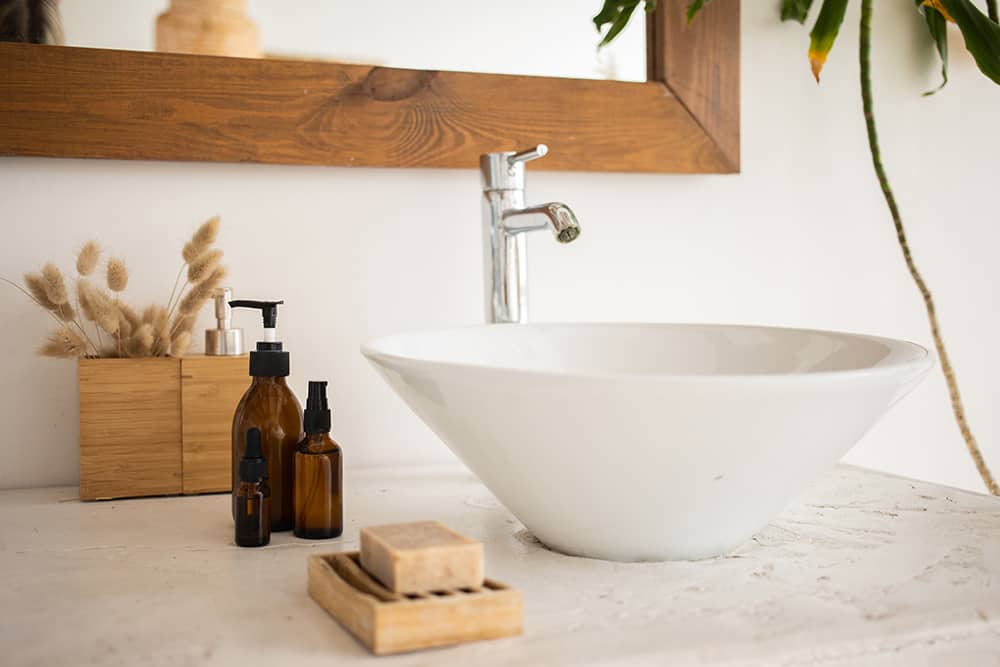
It is totally okay to show these products being used in your own space because that’s where the clients will use the products as well.
What Room Should I Be Photographing In?
Think about where you want to photograph your subject. If this is an item that can be used at home, then take advantage of your own apartment or house. It is totally okay to show these products being used in your own space because that’s where the clients will use the products as well.

Factor in the placement of the window and the time of day when you plan to have your photoshoot.
Try using the simple spaces around you, like a windowsill, a wooden table with exposed grain, or even a coffee table by the couch in the living room. Position the product as the main focus in the foreground and have the living space in the background.
When you’re taking these shots in your home, take advantage of the natural light to brighten up your photos. Factor in the placement of the window and the time of day when you plan to have your photoshoot.
You can also utilize interesting outdoor areas near your home. For example, your backyard, a garden, or a nearby park are all excellent ideas for photo placements. With the warm weather approaching, we will soon see the beautiful spring and summer colours. Use these outdoor backgrounds as a way to bring life to your images.
Equipment to Use When Taking Photos of Your Products
The equipment you choose to use can have a big impact on the final outcome. When thinking about cameras, mirrorless cameras are more affordable and a great alternative to a DSLR, and still produce amazing photos.
The Sony A6400 is a wonderful camera that’s easy to use, especially with its touch screen focus and its ability to be controlled with your smartphone with the Imaging Edge app. These features are useful tools to help with the framing of your photos when you might not have the help from a friend and need to operate on your own. You can view the photo from your phone, change the camera settings, and even take the photo. Another great option is the Sony A6000, which also works with the Imaging Edge app.
For lenses, if you don’t already own a lens with a larger aperture allowing a lot of light into the photo, it’s worth the investment. A fixed 50mm f1.8 is the perfect lens for at-home product photography. They’re compact, lightweight, and add beautifully defocused backgrounds. If you’re looking for a zoom lens, the Sigma 24-70 f2.8 is a great option. Keep in mind, if you choose an APS-C crop camera like the Sony A6400, there will be a crop factor that applies to the lenses. For example, A 50mm lens on a camera with a 1.5x crop factor APS-C sensor gives a field of view equivalent to that of a 75mm lens on a full-frame camera.
If you don’t have studio lighting, a great alternative would be to use reflectors or even white foam boards from the dollar store to bounce the natural light. This 5 in 1 reflector is great for bouncing light to fill the dark harsh shadows. This is particularly important if you’re using natural light to brighten up your photos. Learning how to position the reflectors is essential and plays a big role in having your photos well lit. How you capitalize on the lighting matters and should be a large consideration when setting up the perfect environment for taking the image.
Setting Up for the At-Home Product Photography Shoot
Without access to studio lighting, setting up your product photos in your house may be a bit different today. Using natural light is a great alternative and can provide an image with a very soft look. When using natural light:
- Position your product to one side of the window
- Avoid having the light hit the product directly (having your product completely lit can sometimes create a flat image)
- Instead, keep the window to the right or left of the product
- Have your reflector on the opposite side of the window (the reflector will bounce the natural light from the window and fill the shadows nicely)
- You can use photography clamps to attach the reflector to any support like a chair or extra tripod
Make sure to choose the right time of day with the best lighting when photographing your product. Think about which window in your house gets the best lighting and the direction that window is facing. This will help determine the best time to set up your photos. Once you have that figured out, have your image in mind, the camera set up, and as soon as the light shines in, you’re ready to start shooting.
Set up your camera using a tripod. A tripod is a fantastic idea; it enables you to lower the shutter speed on your camera to allow more light in without introducing shake to your images. The lower the shutter speed, the longer it takes for the picture to be captured. The camera needs to be stable with minimal movements within the frame, and the tripod will add this stability to your camera. A tripod is a great tool for a hands-free method when using the Imaging Edge app to control your camera.
How you choose to set up and style your image is up to you. If you don’t own any backdrops, try utilizing household items and textures from around your house. Some great ideas to try to add dimension to your photos include:
- A table with a textured background
- Try an old baking sheet as a backdrop
- Add texture by placing a fluffy pillow or blanket to prop up something like a perfume bottle
- Create interest background shadows by placing a houseplant by your window and have your product placed in the interesting shadows created by the plant
Lastly, a great option is to have a larger depth of field behind your subject. Lower your aperture setting while still ensuring your entire subject is in focus. The exact aperture setting will differ based on the size of the subject and its distance from the camera. Use the distance from the subject and the depth of the background to create a smooth background.
The more distance behind your subject, the more out of focus your background will be, giving your image a soft edge with a blurred background. This is a great trick if your background isn’t as interesting as you’d like but instead has nice and interesting colours.
Final Note
To conclude, a little planning can go a long way when it comes to taking the perfect photos of your product at home.
After understanding the environment, focus on your camera set-up. Then find the right room of your home, gather any items that will enhance your final shots, and start snapping.
Following these tips are the first big steps towards improving your online product photography game. If you want to keep learning how to take outstanding photos at home, read more on how to properly use lighting.
